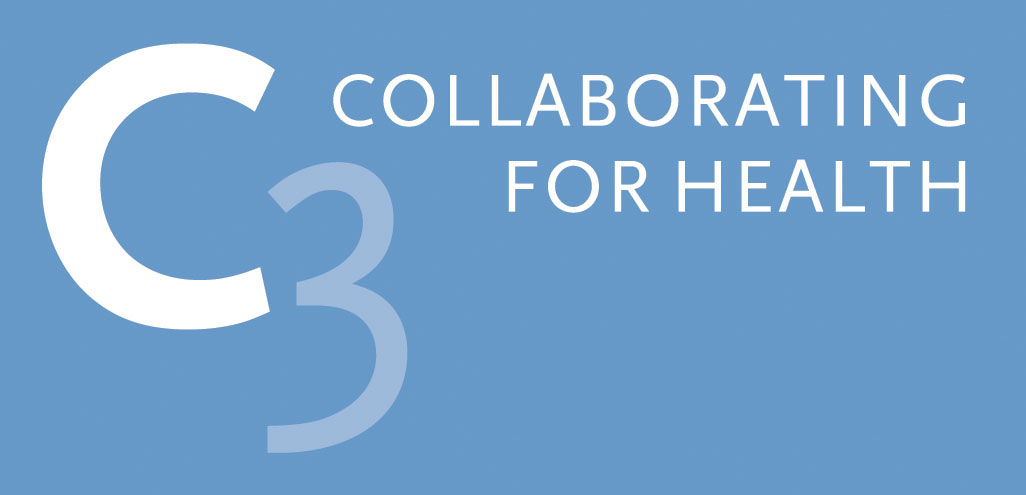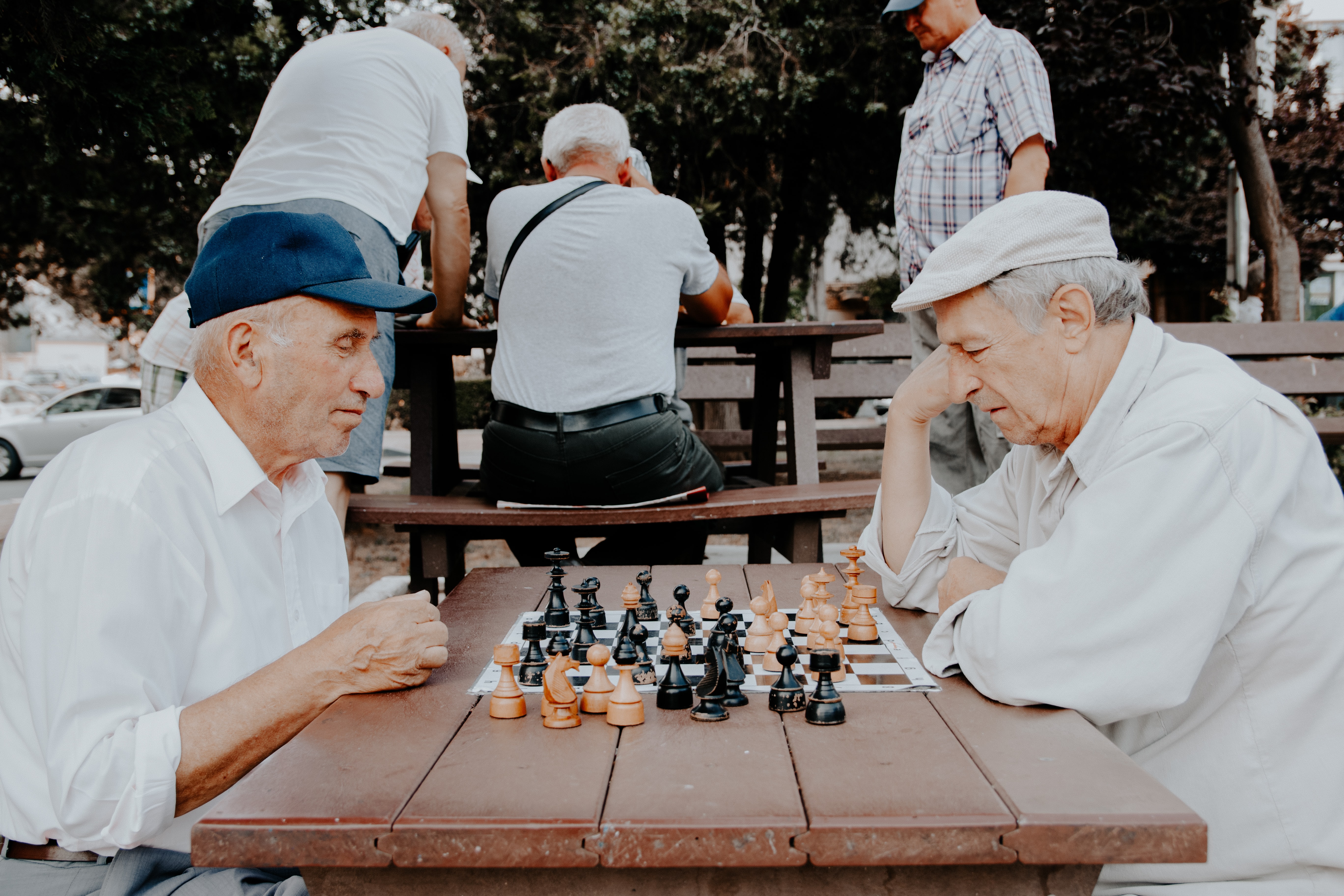World Senior Citizens’ Day 2021
World Senior Citizens’ Day is celebrated annually on the 21st of August and its purpose is to raise awareness of issues affecting older people such as health deterioration, as well as to celebrate the contributions of elderly people to society.
According to a report published by the United Nations in 2019, there were 703 million persons aged 65 years or over in the world that year. The number of older persons is projected to double to 1.5 billion in 2050. The health of older people is increasingly important in all countries.
At C3, our vision is a world where people aren’t dying of preventable chronic diseases, because they are finding it easier to live healthier lives. We work to bring together different individuals and communities to create changes which help people:
- Stop using tobacco
- Improve what they eat and drink
- Take more physical exercise
There are those that may consider these habits, often formed early in life, to be somewhat irrelevant in people over 65. At that age, it is true that much of the effects of lifestyle have had time to take effect. This is no reason to discount them in our assessment of how the lives of older people can be improved, however. The academics Jonathan Cylus, Josep Figueras and Charles Normand, in a paper published by the World Health Organisation in 2019, wrote:
“Policies to promote healthy and active ageing, which has an intrinsic value in itself, such as those that prevent or delay care dependency, will also indirectly (through enhanced health and functional ability) help achieve… other policy goals.”
What then can we do to promote ‘healthy and active ageing’? Well, an interim policy report from the Centre for Ageing Better and Sustrans revealed key factors motivating people in their 50s and 60s to walk and cycle more as a means of travelling around their communities. Enablers and motivators included: having cycled earlier in life, health benefits of physical activity, including mental health benefits (such as relaxation and stress reduction), enjoyment of the outdoors, being in the community and seeing what’s going on, feeling independent and in control. Obstacles identified included: weather, personal safety or feeling unsafe, lack of an active travel habit, fear of traffic, and lack of cycle infrastructure.
The interim report’s evidence review on built environments identified supportive infrastructure, connected street networks, and high population density with mixed land uses as characteristics of places where levels of active travel are high. Mixed land use is where shops, housing, workplaces and other amenities are close together so that journey distances are short and therefore more amenable to walking and cycling. These ideas have reached some note recently under the phrase ‘fifteen-minute cities’, especially since the Covid-19 pandemic.
Much of these findings are consistent with feedback C3 receives when we conduct our CHESS™ walks. CHESS™ (Community Health Engagement Survey Solutions) is an innovative, evidence-based approach that shifts decision-making to local communities by engaging them as ‘citizen scientists’ in an investigation about their health and the built environment (e.g., the shops, restaurants and parks) in their neighbourhood. Many of the locations we carry out these CHESS walks are underserved. The built environments are often poorly planned or incomplete, leaving little opportunity for people, especially the very young and elderly people, to exercise safely.
It is for this reason that C3’s mission remains as crucial now as it was when we began operating in 2010. We are currently working with healthcare professionals wishing to learn more about how they can positively impact health outcomes beyond the direct work they do in a clinical setting. Furthermore, as part of the ASPIRE Programme we’re engaging communities in both England and France looking to make positive, lasting changes to their built environment and the consequent health outcomes. To hear more about these and our other projects, join our network here, and follow our blog here.

